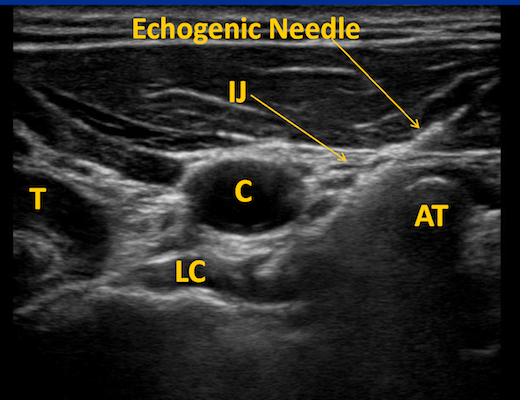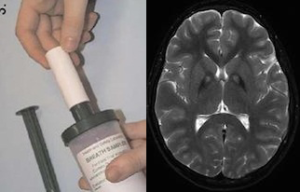An anti-inflammatory drug called ketorolac, given before surgery, can promote long-term survival in animal models of cancer metastasis, a team of scientists has found. The research suggests that flanking chemotherapy with ketorolac or similar drugs — an approach that is distinct from previous anti-inflammatory cancer prevention efforts — can unleash anti-tumor immunity.
The findings, published in Journal of Clinical Investigation, also provide a mechanistic explanation for the anti-metastatic effects of ketorolac, previously observed in human breast cancer surgery.
Medical writer Ralph Moss has a great summary of this background. A commentary accompanying the JCI paper concludes: ” If this can be translated from mouse models into the clinic, then it could revolutionize treatments.”
Vikas P. Sukhatme, MD, ScD, dean of Emory University School of Medicine, is senior author of the JCI paper. He was previously at Beth Israel Deaconess Medical Center and Harvard Medical School, with lead authors Dipak Panigrahy, MD and Allison Gartung, PhD.
“Collectively, our findings suggest a potential paradigm shift in our approach to resectable cancers,” says Sukhatme. “Clinical trials are now urgently needed to validate these animal studies.”
Most cancer-related deaths come from metastases, the spread of cancer cells from a primary tumor to surrounding tissues or distant organs. The cells that seed metastases are often in microscopic clusters – a surgeon can’t see them. Chemotherapy, typically given after or prior to surgery is aimed at eradicating these cancer cells in the hopes of preventing cancer recurrence. However, chemotherapy can sometimes stir up inflammation, promoting metastasis.
“Cancer therapy is a double-edged sword,” says Panigrahy. “Surgery and chemotherapy can induce an inflammatory or immunosuppressive injury response that promotes dormant metastatic cells to start proliferating, leading to tumor recurrence.”
Ketorolac is an inexpensive NSAID (nonsteroidal anti-inflammatory drug). Because of concern over side effects, it is only approved by the FDA for short-term pain management “at the opioid level.” It differs from other NSAIDs in that it preferentially inhibits the enzyme COX-1, more than COX-2. Other studies of prevention of cancer recurrence have focused on COX-2 inhibitors. Read more










